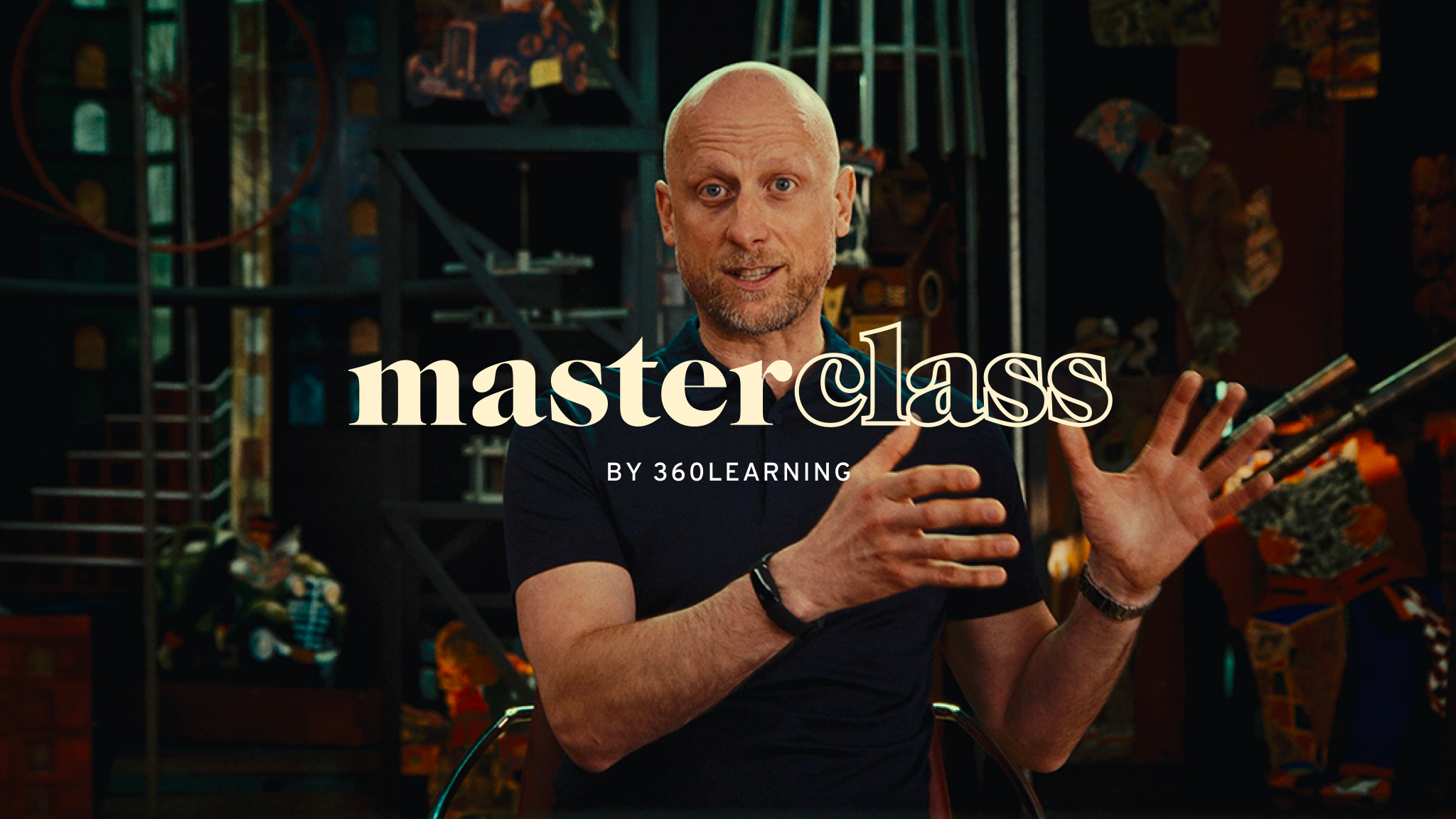How Can You Prove Your Value as an L&D Leader?
In this report, we’ve shown that L&D teams can often find it difficult to make an impact on the business and prove the value of their work. The truth is, it can be challenging to align course completion rates or participation rates—the metrics of choice for L&D teams—with business goals and priorities. That’s why L&D leaders can stumble when asked: ‘how is this training impacting the bottom line?’
Without this transformation, L&D professionals and teams will continue to come up against limited resources and budgets, a lack of appreciation, and limited growth opportunities. This makes it even more difficult to ship learning, especially when the L&D team is small.
Our survey found that 34% of respondents are individual contributors—that’s a third who are rolling solo on the L&D team, so transforming L&D from a support function into a business-critical function will be crucial.
While some L&D departments have succeeded in making this transition, many are still struggling to make the leap. One thing’s for sure: it’s fundamental for L&D leaders to make this shift in order to prove their own worth–and that of their team–in proving real business impact.
Our survey found that 34% of respondents are individual contributors—that’s a third who are rolling solo on the L&D team, so transforming L&D from a support function into a business-critical function will be crucial.
We’ve circled the idea of moving to a more performance-based approach as a way for the L&D department to get a seat at the table. In practice, this means L&D teams need to stop measuring completion rates and participation rates and switch to metrics that your learners care about—metrics that they are measured on.
This approach needs buy-in from senior leadership. While this may seem a difficult task, it’s not as complex as you might think.
To better understand how to shift to performance-based, digital-first L&D programs, we encourage you to follow our L&D masterclass series with CLO David James. This six-part series will help you learn how to start measuring learning in terms of impact instead of engagement, how to inspire your subject-matter experts to create great learning experiences, and much more.
With insights from over 20 years in L&D, including leading organizational learning at the Walt Disney Company, David has all the guidance you need to prove your impact as a learning leader.
Those are our UK salary insights. What can you do now?
We’ve covered a lot of ground in this report on UK L&D salaries, including a range of positive and negative insights when it comes to the learning profession. But what does it all mean, and what can you do differently now that you have this information?
Here are a few things you can do to advance your career goals in L&D:
- Ask for a pay rise—If you think you’re underpaid consider bringing it up with your manager and negotiating a pay rise. If you're looking for a new job, make sure you know how much you deserve to be paid ahead of time.
- Prioritise your personal development—whether you want to stay in the same role, progress in L&D, or move to another industry, prioritise your personal growth. Reach out to someone that inspires you and ask for them to be your mentor and be sure to ask your manager for a personal development plan if you don’t have one.
- Talk about pay discrepancies—in your meetings, with your coworkers, with your manager, with your friends and on social media. The more we talk about pay gaps, the more awareness we raise.
- Ask your employer to remove bias from the hiring process and conduct pay gap analysis of current employees.
Thanks for reading!



